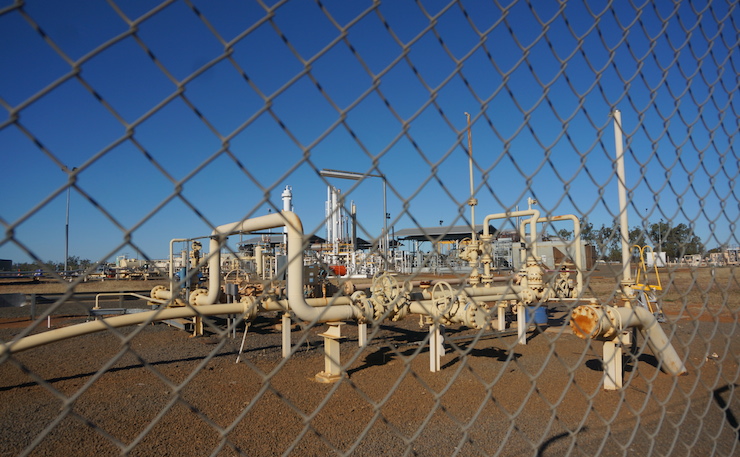NEWS: Energy giant AGL has this morning announced it is exiting the coal seam gas market and that its controversial Gloucester Gas Project, in the Hunter Region of New South Wales will be canned, while others in Queensland will be sold off.
The company has also put the brakes on at Camden, on Sydney’s south-western fringe, where production from existing wells will continue only until 2023, twelve years earlier than planned, with rehabilitation works to be carried out progressively during that time.
Assets in Moranbah, Silver Springs and Spring Gulley – with the exception of a gas storage plant at Silver Springs – will be sold off.
In a statement to the stock exchange, the company put its decision to bail out of the beleaguered coal seam gas industry down to “the volatility of commodity prices and long development lead times”. As a result of the decision, AGL will cop a write down of $640 million after tax against the carrying value of its gas exploration and production assets.
The company said the two major drivers of its decision to clip the coal seam gas wing of its business are “the fall in global oil prices with consequent effect on long-term Queensland gas prices” and lower than expected production volumes in the pilot stage of its controversial Gloucester Gas Project.
“Unfortunately, the economic returns to support the investment of approximately $1 billion [in the Gloucester Gas Project]were not adequate,” AGL said this morning. On top of that, AGL sent an ominous signal for the coal seam gas industry’s broader future when it suggested “due to market conditions” existing assets in Queensland may “take some time” to flog off.
The company’s proposed 300 well Gloucester Gas Project, in particular, has faced steep opposition from anti-coal seam gas activists and parts of the local community. Josh Creaser, Frontline Projects Coordinator at climate advocacy group 350.org, heralded AGL’s decision to pull out as a “testament to the power of community pressure and persistence in the face of reckless fossil fuel projects”.
AGL has indicated it will relinquish its petroleum exploration license for the Gloucester site, and begin rehabilitation works. The company has promised to establish a $2 million ‘Independent Trust Fund’ to “work with the Gloucester community to identify investment options to deliver ongoing economic benefit to the region and its communities”.
The company’s announcement that it will exit the coal seam gas sector follows a decision, flagged in April last year, to shut down all of its coal fired power stations by 2050. Managing Director and Chief Executive Officer of AGL, Andy Vesey indicated he intends to continue to re-orient the business towards renewables.
“[Vesey] said AGL would focus on its core competencies, transforming the business to capitalise on the evolution occurring in the energy sector,” AGL said in a statement to the stock exchange this morning.
Josh Creaser, from 350.org, said “AGL remains Australia’s most polluting company and owner of our dirtiest coal-fired power station [and that]they still have a long way to go to clean up their act”.
Campaigners fighting to stop Santos’ plans to develop a massive 850-well coal seam gas project in the Pilliga Forest, in north-west New South Wales, have suggested Santos should mirror AGL’s pessimism and pull out.
“The people of Gloucester and Camden have bravely defended their land and water and won, just as the people of northern NSW have,” said Wilderness Society Newcastle Campaign Manager Naomi Hodgson.
“The people of NSW have spoken and they do not want coal seam gas in their state.”
Donate To New Matilda
New Matilda is a small, independent media outlet. We survive through reader contributions, and never losing a lawsuit. If you got something from this article, giving something back helps us to continue speaking truth to power. Every little bit counts.





